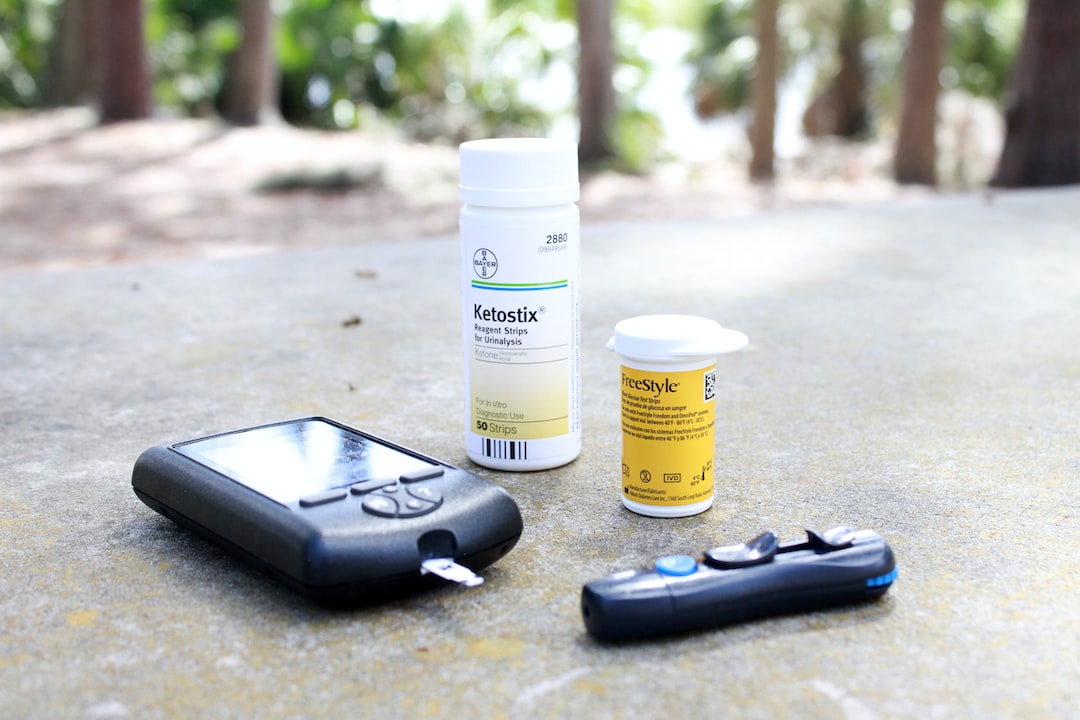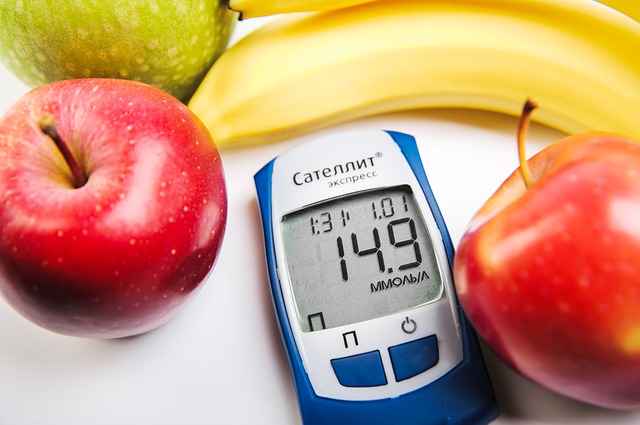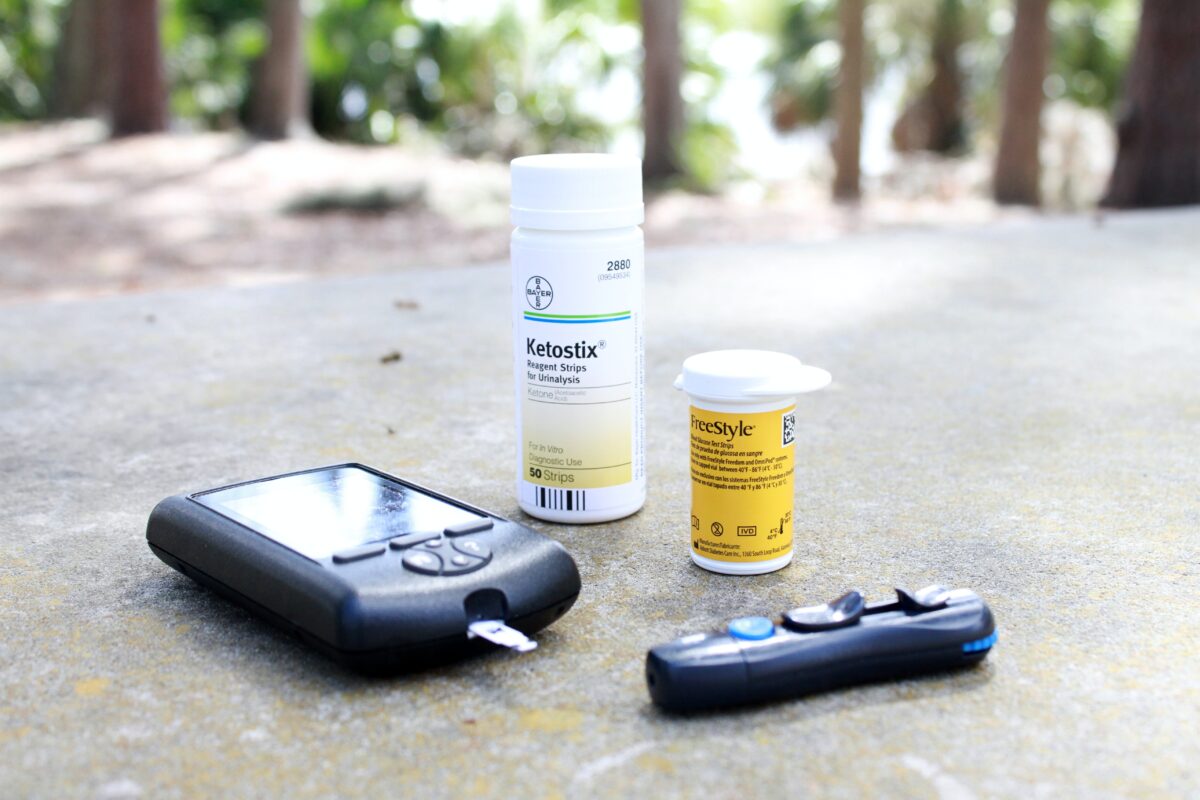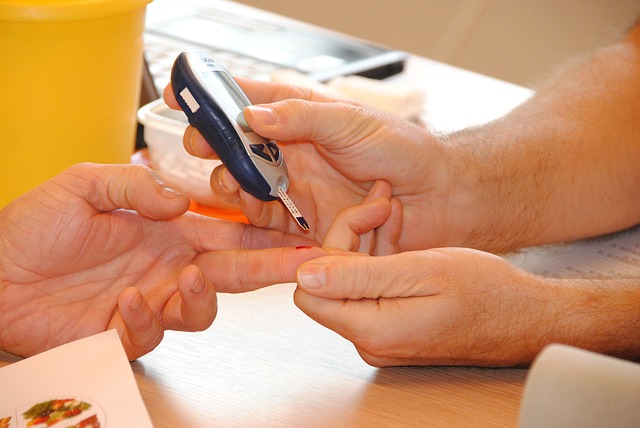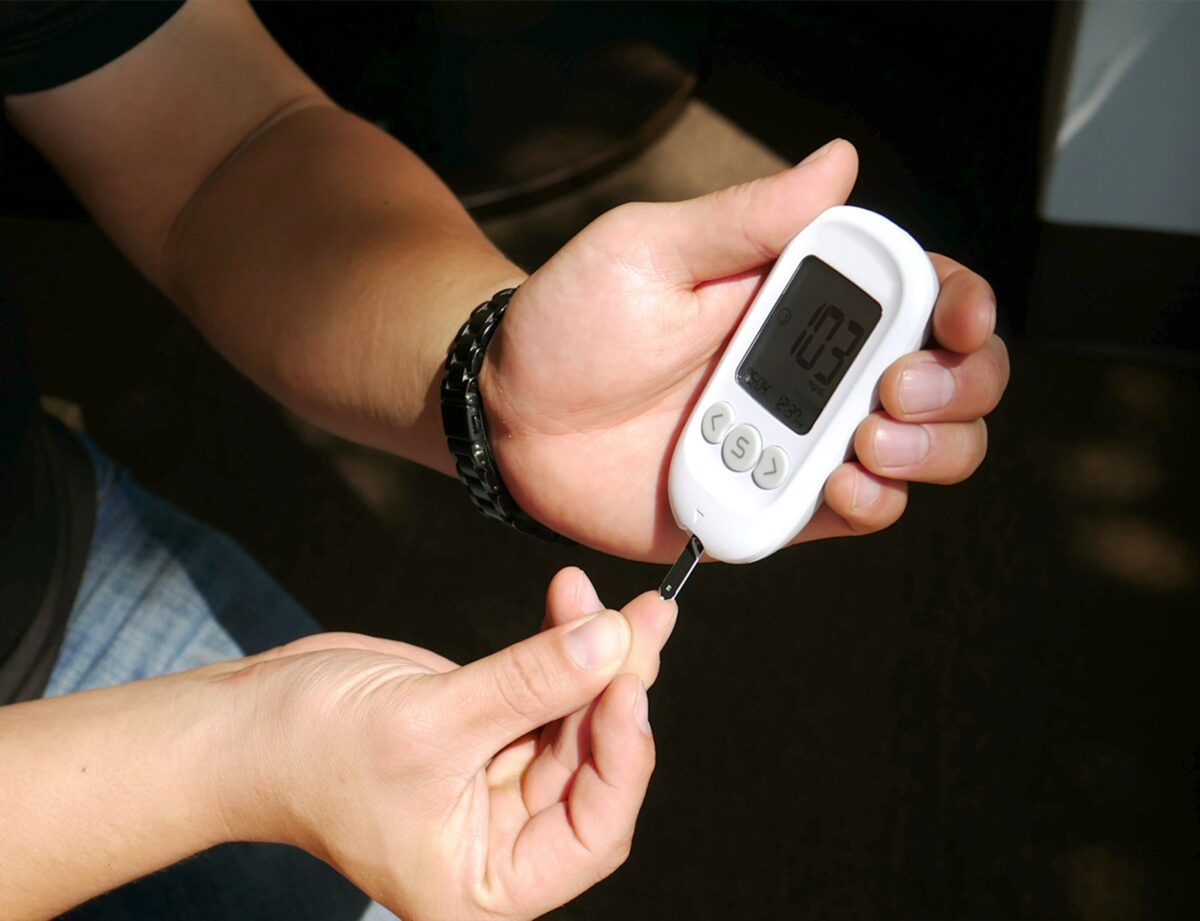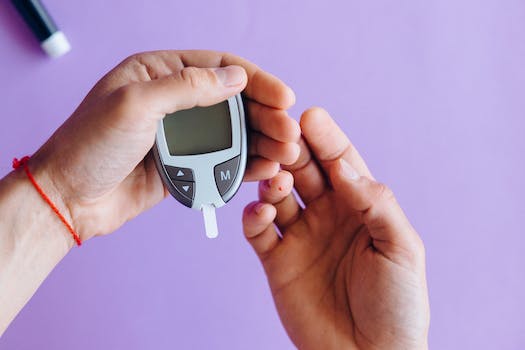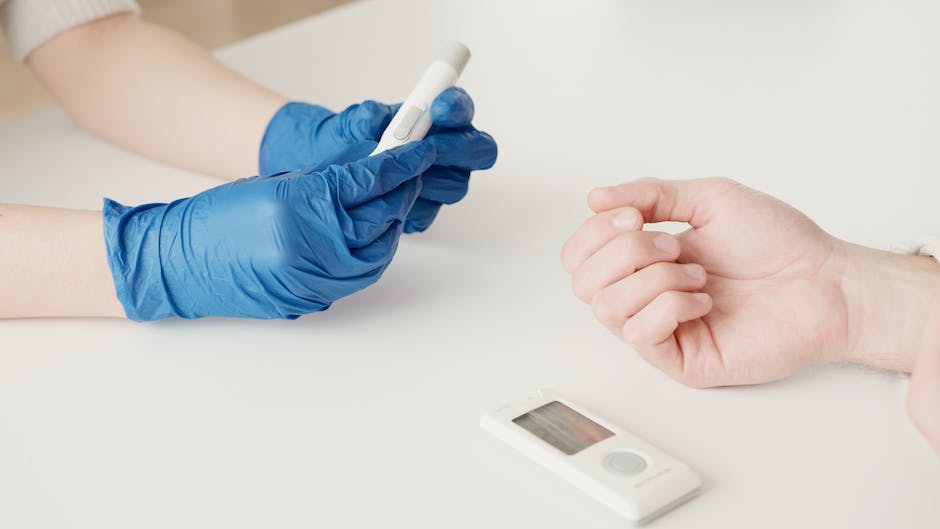Managing diabetes requires more than just monitoring blood sugar levels—it also involves making thoughtful choices about what you eat. A well-balanced diet can help regulate blood sugar, improve overall health, and prevent complications associated with diabetes. Here’s how the right foods can play a key role in managing diabetes, and which foods to embrace or avoid:
1. Foods to Embrace:
- Non-Starchy Vegetables: Leafy greens, peppers, cucumbers, and cauliflower are low in carbohydrates and rich in fiber, making them excellent choices for regulating blood sugar levels. These vegetables provide essential vitamins and minerals without spiking blood sugar.
- Whole Grains: Foods like quinoa, brown rice, and oats have a lower glycemic index compared to refined grains. Whole grains are high in fiber, which helps slow the absorption of sugar into the bloodstream, preventing blood sugar spikes.
- Lean Proteins: Skinless poultry, fish, beans, and legumes are great sources of protein. Protein helps stabilize blood sugar and keeps you feeling full longer, reducing the likelihood of overeating or snacking on unhealthy foods.
- Healthy Fats: Include sources of unsaturated fats such as avocado, olive oil, and nuts in your diet. These fats can help improve cholesterol levels and provide a steady source of energy without affecting blood sugar.
- Fruits (in moderation): While fruit contains natural sugars, options like berries, apples, and citrus fruits are rich in fiber and antioxidants. They provide essential nutrients without causing drastic increases in blood sugar.
2. Foods to Avoid:
- Refined Carbohydrates: White bread, pasta, and sugary snacks cause rapid increases in blood sugar. These foods have a high glycemic index and offer little nutritional value, leading to blood sugar imbalances.
- Sugary Beverages: Soda, sweetened teas, and energy drinks are loaded with added sugars, which can cause quick spikes in blood sugar. Opt for water, unsweetened herbal teas, or sparkling water with a splash of lemon instead.
- Processed Foods and Meats: Processed meats like sausages, hot dogs, and deli meats often contain unhealthy fats, high sodium levels, and preservatives, which can contribute to inflammation and cardiovascular issues. Choose fresh, lean meats instead.
- Fried Foods: Foods like French fries, fried chicken, and doughnuts are high in unhealthy fats and calories, which can contribute to insulin resistance and weight gain, both of which worsen diabetes.
- Full-Fat Dairy: While dairy is an important source of calcium, full-fat versions can be high in saturated fats, which negatively impact heart health and insulin sensitivity. Opt for low-fat or fat-free dairy products instead.
3. Portion Control and Balanced Meals
In addition to choosing the right foods, portion control is crucial. Even healthy foods can cause blood sugar spikes if eaten in large amounts. Balancing meals with a mix of carbohydrates, proteins, and fats can help slow the absorption of sugar into the bloodstream, keeping blood sugar levels stable.
A diabetes-friendly diet doesn’t mean giving up all your favorite foods, but rather making smarter choices that support healthy blood sugar management. By focusing on whole, unprocessed foods and balancing your meals, you can take control of your health and reduce the risk of complications. Always work with your healthcare provider or dietitian to develop a personalized eating plan that meets your needs and keeps your diabetes in check.
We Buy Unused Diabetic Test Strips and Supplies
If you would like to find out about earning cash for your unwanted, unused, and boxed test strips, complete our online quote form today.
If you have extra, unopened and unused boxes of diabetic test strips – whether you have switched brands, no longer need to test or test less frequently, or have a loved one who has passed away – don’t let them gather dust until they’ve expired and end up in the trash. We’re the best place to sell diabetic test strips online, and if you want to sell your test strips, we’re here to make the process easy and enjoyable!
Visit us at Sell Your Test Strips and get your free quote today!


